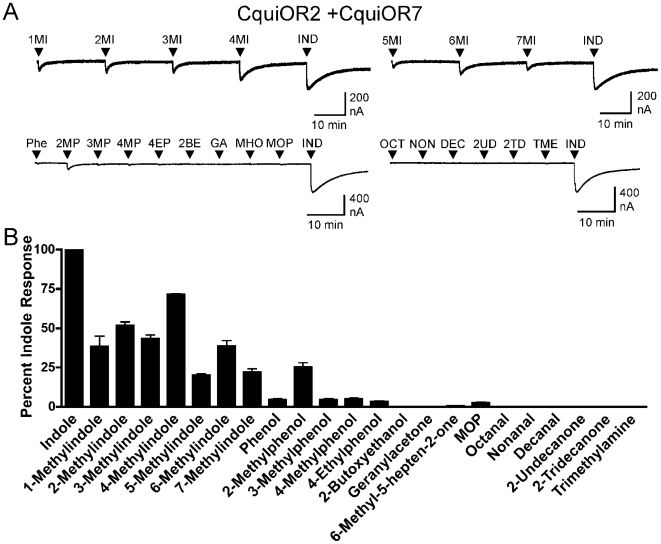Figure 4. CquiOR2 + CquiOR7 responds to indole, various methylindoles and 2-methylphenol.
Xenopus oocytes expressing CquiOR2 + CquiOR7 were challenged with a panel of odorant compounds, each applied for 20 s at 10 µM. A) Upper left trace, an oocyte expressing CquiOR2 + CquiOR7 is challenged with 1-methylindole (1MI), 2-methylindole (2MI), 3-methylindole (3MI), 4-methylindole (4MI) and indole (IND). Upper right trace, an oocyte expressing CquiOR2 + CquiOR7 is challenged with 5-methylindole (5MI), 6-methylindole (6MI), 7-methylindole (7MI) and indole (IND). Lower left trace, an oocyte expressing CquiOR2 + CquiOR7 is challenged with phenol (Phe), 2-methylphenol (2MP), 3-methylphenol (3MP), 4-methylphenol (4MP), 4-ethylphenol (4EP), 2-butoxyethanol (2BE), geranylacetone (GA), 6-methyl-5-hepten-2-one (MHO), mosquito oviposition pheromone (MOP) and indole (IND). Lower right trace, an oocyte expressing CquiOR2 + CquiOR7 is challenged with octanal (OCT), nonanal (NON), decanal (DEC), 2-undecanone (2UD), 2-tridecanone (2TD), trimethylamine (TME) and indole (IND). B) Quantification of current responses of CquiOR2 + CquiOR7 expressing receptors. All responses are normalized to the response of the same oocyte to 10 µM indole (mean ± SEM, n = 3–4).

